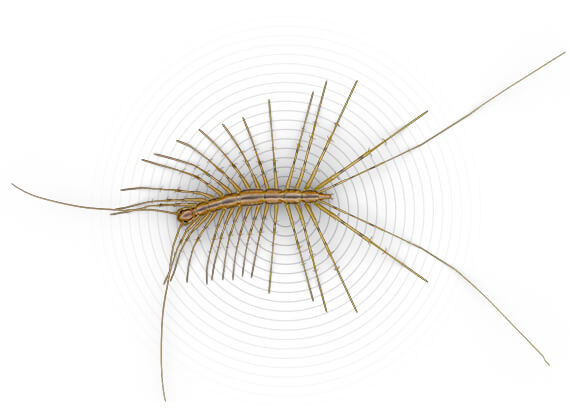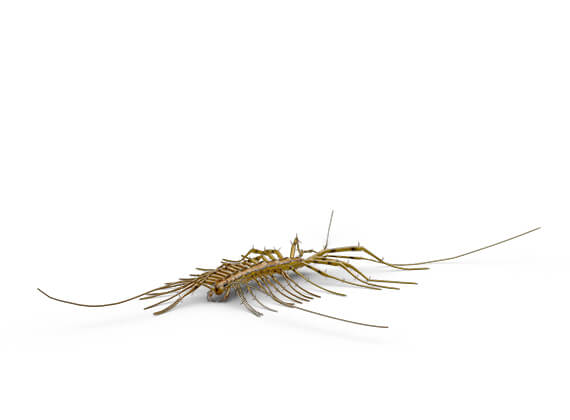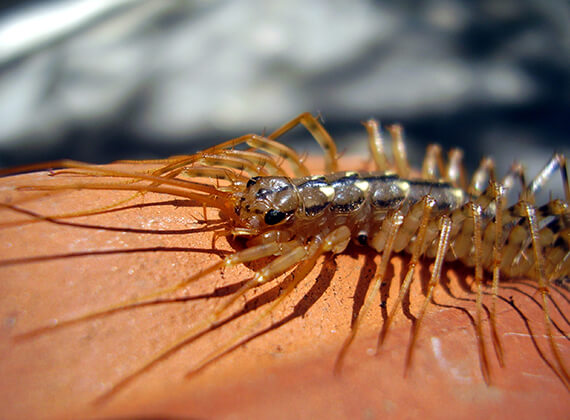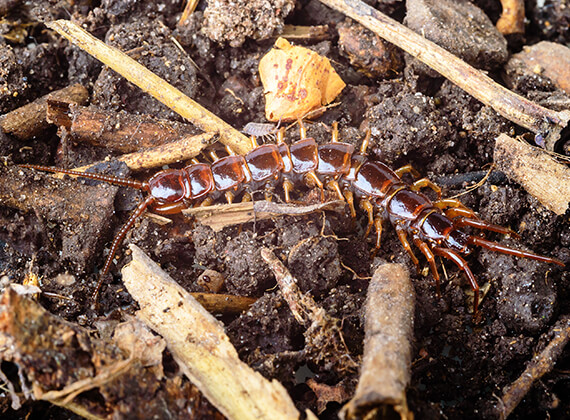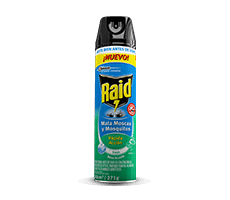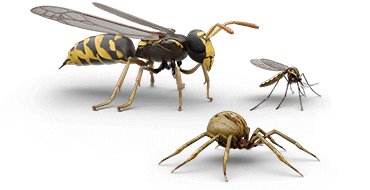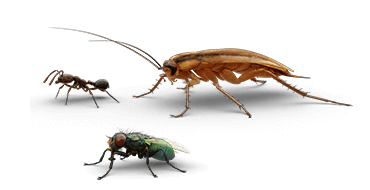House Centipedes
Muscidae, Calliphoridae
-

SIZE
3/4in to 1-1/2in long, excluding the large legs
-

COLOR
-

BITE OR STING
Yes
-

WINGS
No
COMMONLY MISTAKEN FOR
General Information
The word centipede technically means “100 legs,” but most species actually have around 30 legs.1 While house centipedes can be beneficial because they’re stealth predators that eat other insects, seeing them in your home can be quite frightening. Learn more about these fast, darting creatures and find out how to help prevent centipedes from creeping into your home.
-
House centipedes are most active at night.
-
House centipedes eat other small insects, including silverfish, spiders, cockroaches, and firebrats.2
Details
-
Outdoors, house centipedes usually live in damp, dark places, such as under stones, flowerpots, boards, or similar debris where there is abundant moisture.
-
Indoors, house centipedes often live in basements, closets, and bathrooms where there is usually high humidity.
-
House centipedes are looking for food to eat, which includes other small insects.
-
If you see centipedes in the house frequently, this may indicate that the insects they eat are in abundance somewhere in your home.2
-
House centipedes are technically beneficial since they are predators and eat other insects. However, their appearance and presence in the home can be frightening to most people.
-
If provoked, larger house centipedes may bite, causing localized pain and some slight swelling. Centipede bites are usually not serious, but you should get medical attention if a bite punctures the skin.
-
Keep compost piles and decaying vegetation away from the house.
-
Caulk windows and holes to help prevent centipedes from coming inside.
-
If you notice house centipedes or millipedes in your basement, try running a dehumidifier to make the area less humid, and therefore less appealing.
